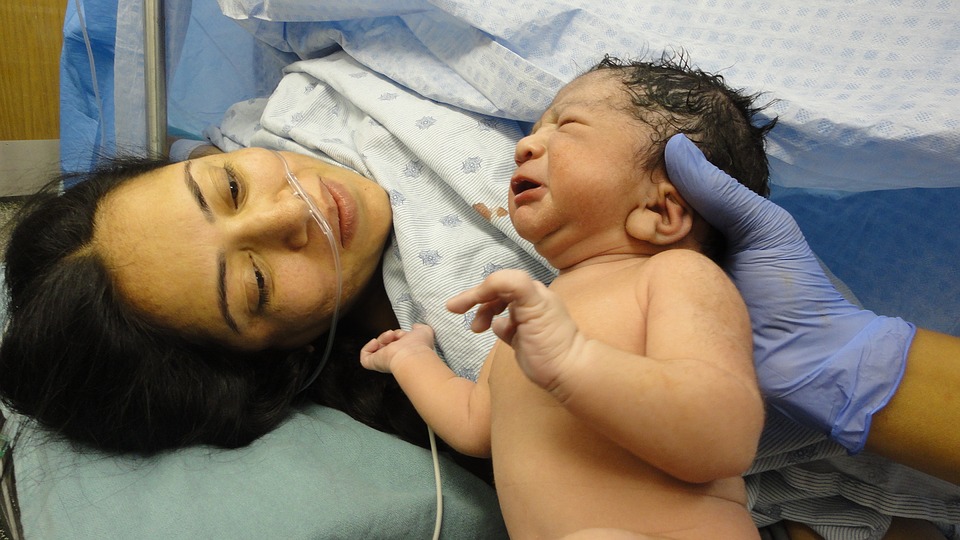PAIN RELIEF IN LABOUR/PAINLESS LABOUR
Labour is associated with pain and it has been so since the days of Adam and Eve but it doesn’t have to be the same for you. Medicine has made great advances in the area of pain relief during the process of labour, many options abound and we will discuss them below. It is important to state that every pregnant woman has the right to discuss with her Obstetrician the options available to her as regards pain relief and they should arrive at a consensus of the best possible outcome for both mother and baby. The process of labour is dynamic and the perception of pain varies from individual to individual, it is advised to have an open mind.
The two commonly used techniques to achieve pain relief in labour include….
1. Natural or drug free techniques
As the title implies this doesn’t involves the use of medication, instead natural means such as breathing exercises, walking, heat packs, massage, aromatherapy, mind meditation and relaxation are implored. Also there is an increasing amount of knowledge and acceptance of water birth method (this is not yet readily available in Nigeria).

Mother and baby. she had a painless labour. Credit: Pixabay
2. Use of Drugs
There are two categories of drugs used:
- Analgesics: these reduce pain only, without loss of sensation and ability to move
- Anaesthesia: reduce perception of sensation including pain i.e. they numb you.
Nitrous Oxide (ETONOX)
This is self-administered using a hand-held face mask. This makes it easy and convenient to use during labour. It doesn’t completely eliminate pain but it reduces anxiety and increases a sense of well -being making the pain more bearable. For maximum benefit, inhalation of the gas should occur 30 seconds before each contraction. Side effects may include nausea or vomiting but these will resolve.
Opioids are effective for pain relief in labour
These are systemic analgesics, they can be injected into a muscle or given through an intravenous (IV) catheter. Various opioids can be used to lessen pain during labour e.g. pethidine. Most opioids take effect within minutes
Opioids are commonly known to cause nausea, vomiting and drowsiness. They may also affect the baby’s heart rate or breathing for a short while.
READ ALSO: TREATMENT OF MENSTRUAL CRAMPS
Local Anaesthesia
These are used to prevent pain in a small area of the body. Local anaesthetics provide relief from pain in the area where they are applied. Mostly used when a vaginal tear or episiotomy needs to be repaired. When used to relieve pain during childbirth, the drug is given just before delivery.
Regional Anaesthesia
These include:
- Spinal block
- Epidural block
- Combined spinal epidural block
In this article we will lay more emphasis on epidural
Epidural Block
This is the most common type of regional anaesthesia used for delivery. In this case the drug is administered via a tube placed in the lower back. A combination of both analgesics and anaesthetics may be used. In Nigeria, the cost of an epidural injection is between N20,000 to N30,000 naira depending on the doctor and/or your delivery hospital.
Epidural relieves the pain in the lower body while being awake, contractions will still be felt which will enable you to push. A possible side effect could be that it lowers blood pressure and slows the baby’s heart rate. Continuous foetal monitoring is important. Other side effects include headaches, itching, and fever.
It is important to note that the Obstetric Anaesthetists Association estimates that 1 in 8 women who have an epidural during labour need to use other methods of pain relief (it is not 100% effective) and it has been noted that women who use epidural have an increased risks of instrumental delivery or caesarean section, but there has been little evidence to show the epidural is to blame.
In summary
The following statement from the American College of Obstetricians and Gynaecologists summarizes the background to these figures: ‘labour results in severe pain for many women. There is no other circumstance where it is considered acceptable for a person to experience untreated severe pain, amenable to safe intervention, while under a physician’s care.’
This article was written by Dr Irigo Christiana
Read more ParentsMagazine





















